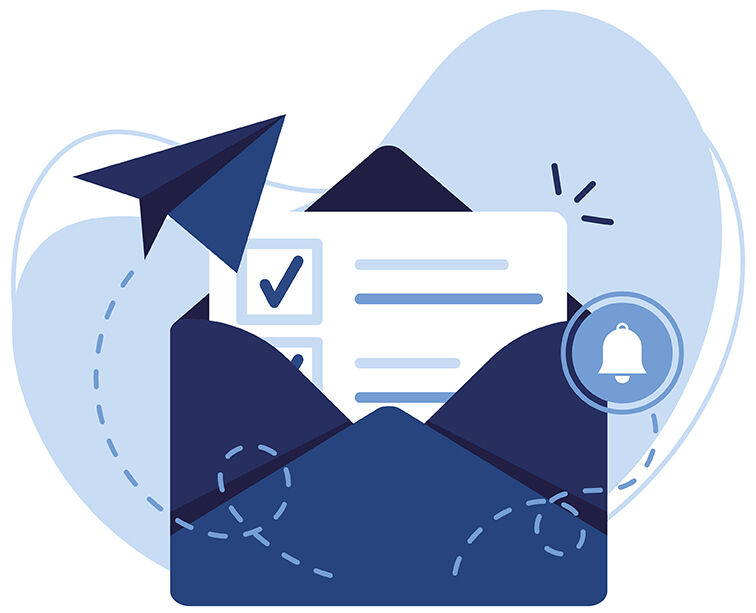In today's business landscape, the subscription model has emerged as a compelling option for many enterprises. From software to cosmetics, businesses are embracing this recurring revenue model. But is a subscription model the right fit for your business? We explore the pros and cons to help you decide.
In today’s business landscape, the subscription business model has emerged as a compelling option for many enterprises. From software to cosmetics, businesses are embracing this recurring revenue model. But is a subscription model the right fit for your business? We explore the pros and cons to help you decide.
What is a Subscription Model?
The subscription model changes the way how companies do business and interact with their customers. Instead of one-time purchases, customers pay a recurring fee in exchange for continuous access to a product or service, whether that be through a licence or ongoing delivery.
This approach can create steady revenue streams and foster long-term customer relationships, essential for sustained business growth.
Why Choose a Subscription Model?
- A Predictable Revenue Stream
The subscription model offers businesses a predictable revenue stream. With regularity of payments, businesses can better forecast their upcoming income and manage cash flow more effectively – particularly important for younger businesses or those experiencing uncertain economic times.
Businesses like Netflix and Spotify have thrived through this model, ensuring a steady inflow of funds regardless of fluctuations in market demand.
Video-streaming services like Netflix and Hulu are just two of the companies to benefit from the subscription model.
- Enhanced Customer Retention
Subscription models are harder to get out of, therefore encourage stronger customer loyalty. When customers commit to a subscription, they are more likely to stay engaged with your product or service over time. This long-term engagement can lead to a deeper relationship with your brand, increasing lifetime customer value and reducing churn rates.
Retaining existing customers is significantly more cost-effective than acquiring news ones, making the subscription model a smarter choice, however it means that focusing on the customer experience is more important than ever before.
- Improved Growth Potential and Scalability
Businesses are able to scale more easily through a recurring subscription model. Once a solid subscriber base is established, companies can explore upselling, cross-selling, and introducing new features or products in a safer customer environment.
Moreover, the data collected from subscribers provides valuable insights into customer preferences and behaviours, enabling more targeted marketing and product development.
- Streamlined Operations
With predictable revenue and consistent customer demand, businesses can streamline their operations and inventory management. This efficiency can lead to cost savings and improved service delivery, enhancing overall customer satisfaction.
The Downsides of a Subscription Business Model
- High Customer Expectations
With regular engagement with your customers, subscription models create high expectations for ongoing value and service quality. Customers expect regular updates, new features, or continuous service improvements to justify their recurring payments. Failing to meet these expectations can lead to dissatisfaction and increased churn.
Managing these expectations requires a commitment to innovation and exceptional customer service, which can be resource-intensive, nevertheless can reap huge benefits if done correctly.
- Difficult to Setup Initially
If you’re looking to transition to or start a business initially with a subscription model, it takes a considerable amount of planning and setup, not to mention financial investment. Businesses need to invest in various systems and processes from robust billing systems to customer relationship management tools, and marketing strategies tailored to acquiring and retaining subscribers. This can sometimes be pricey and not available to those starting a business on a shoestring budget.
- Risk of Subscriber Fatigue
With the growing popularity of subscription services, customers may experience subscription fatigue or always constantly require improvement.
The cumulative cost of multiple subscriptions can lead to cancellations, especially if customers feel they are not getting sufficient value from each service. This is particularly true during economically trying times.
In order to prevent against this, businesses must continuously engage subscribers and demonstrate ongoing value to avoid falling victim to this trend.
- Revenue Management Challenges
Accounting for subscription revenue can be more complex than for one-time sales. Companies must recognize revenue over the subscription period, which requires more sophisticated accounting practices and systems.
Ensuring compliance with revenue recognition standards is crucial to maintaining financial transparency and credibility for your business and your investors.
This initial complexity can be a severe barrier for smaller businesses or those with limited resources looking to start with this model. However, as discussed in our guide on digital transformation, overcoming these challenges can pave the way for long-term success.
Is A Subscription Model Right For Me?
Before diving into a subscription model, assess your business’s capabilities and the needs of your customers. Consider the type of product or service you offer and whether a recurring payment structure aligns with your customer’s expectations and your long-term business goals.
For many businesses, the subscription model offers a path to sustainable growth and ongoing customer loyalty. However, it’s essential to weigh the benefits against the significant challenges and plan accordingly.
It’s All About Management
Adopting a subscription model can be a game-changer for businesses looking to establish steady revenue streams and deepen customer relationships. While it comes with its set of challenges, the potential rewards often outweigh the risks, especially in today’s customer-centric marketplace.
For businesses considering this shift, careful planning and understanding your business management strategy is key. Evaluate your options, understand your customers, and make an informed decision that aligns with your business objectives.






